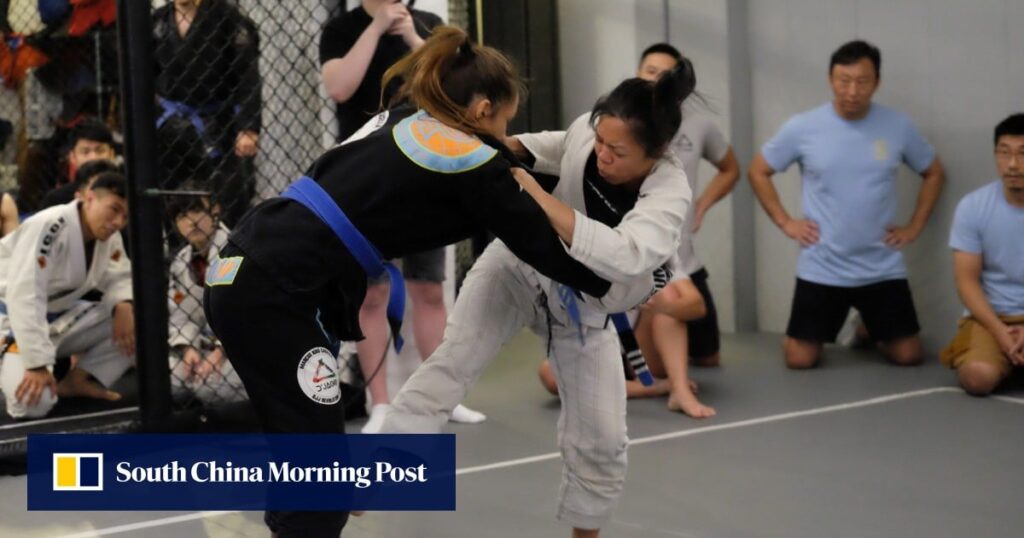“Before sports, I would often have interrupted sleep. Anxiety and insomnia would keep me up at night,'' says Sam, who lives in Hong Kong.
“But by not exercising at all, working a stressful corporate job, and spending my weekends as a warrior, I was able to get some sleep again.”
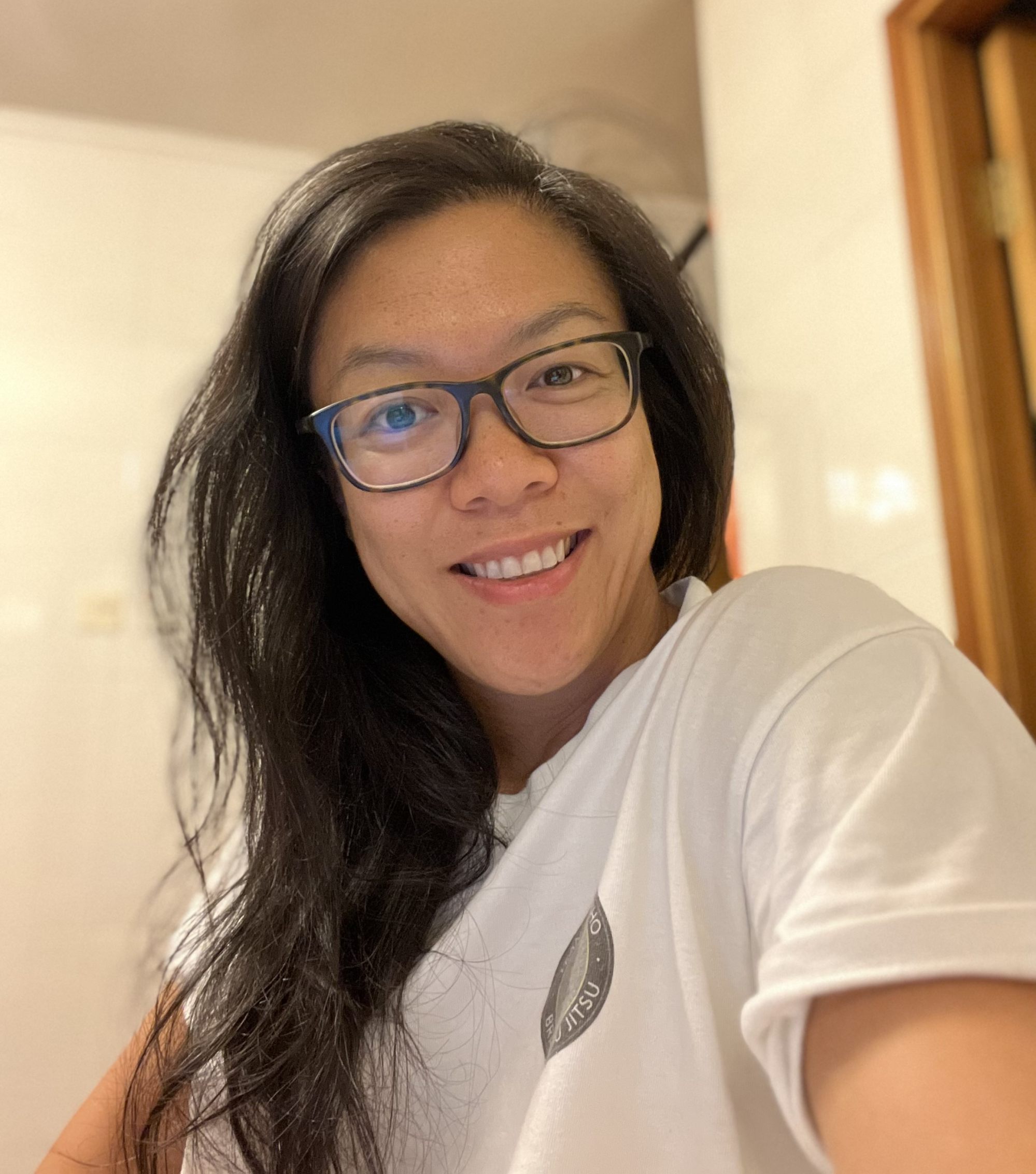
The 38-year-old's experience is in line with the results of a new international longitudinal study published in the medical journal BMJ Open, which found that exercising two to three times a week reduces the risk of insomnia.
Researchers from Europe and Australia assessed the frequency, duration, and intensity of weekly physical activity and symptoms of insomnia, nighttime sleep, and daytime sleepiness in adults from 21 centers in nine European countries. .
4,399 study participants (2,085 men and 2,254 women) aged 39 to 67 were followed over a 10-year period. Participants who reported exercising at least twice a week and for at least 1 hour a week were classified as physically active.
PTSD interfered with her sleep.She moved house and meditated and she improved.
PTSD interfered with her sleep.She moved house and meditated and she improved.
“This study had a long follow-up period of 10 years and strongly suggests that consistency in physical activity may be an important factor in optimizing sleep duration and reducing symptoms of insomnia.” The study authors, led by Björnsdottir, said: Department of Psychology, University of Iceland, Reykjavik.
Participants from Norway were the most active, while participants from Spain and Estonia were the least active. Those who were most active were more likely to be male, younger, employed, and non-smokers.
Participants who were persistently active were 42% less likely to find it difficult to fall asleep and 40% less likely to report symptoms of insomnia.
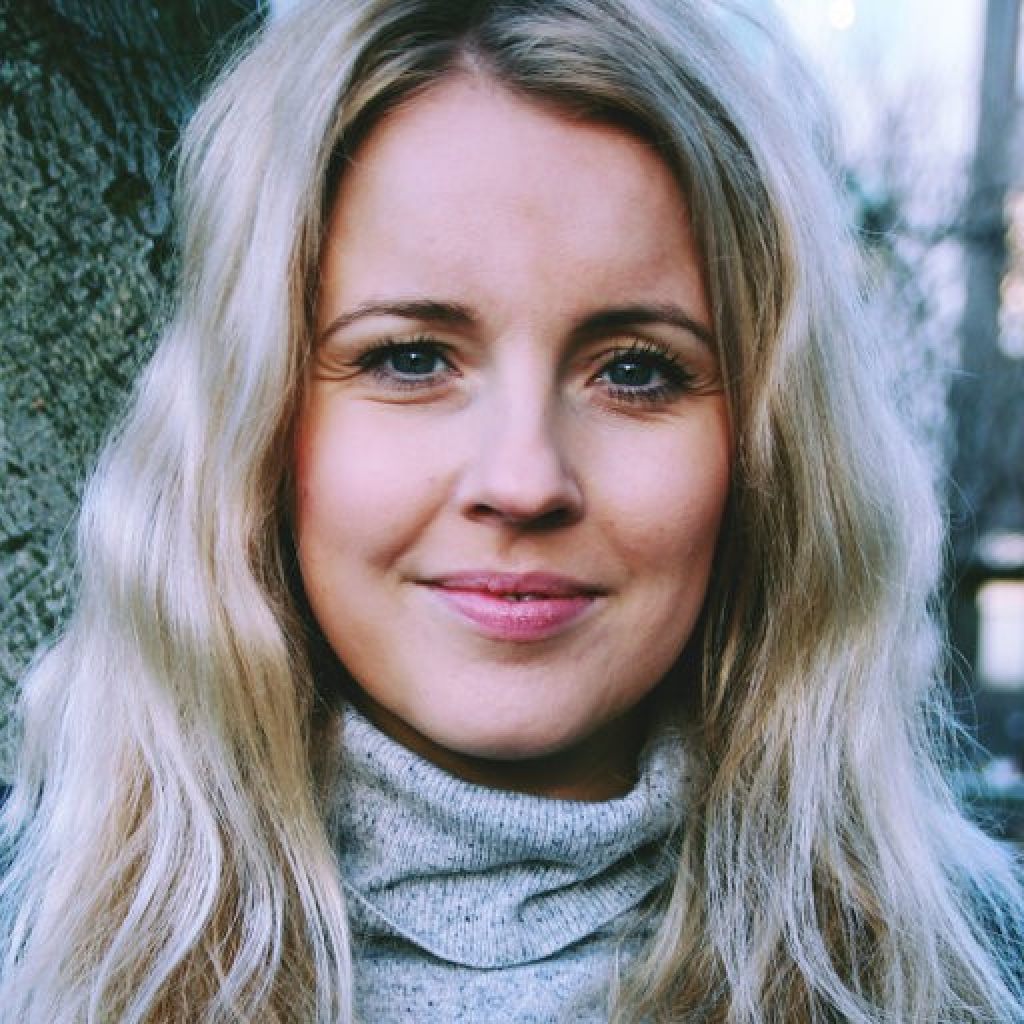
Regarding total nighttime sleep time and daytime sleepiness, persistently active participants were most likely to be normal sleepers after adjusting for age, gender, weight, smoking history, and study site. On the other hand, participants who were persistently inactive were the least likely to fall into that category. .
The persistently active group was 55% more likely to sleep 7 to 9 hours a night and much less likely to sleep less than 6 hours or more than 9 hours.
This was good news for those who became active during the study period. Once active, he was 21% more likely to become a regular sleeper than those who were persistently inactive.
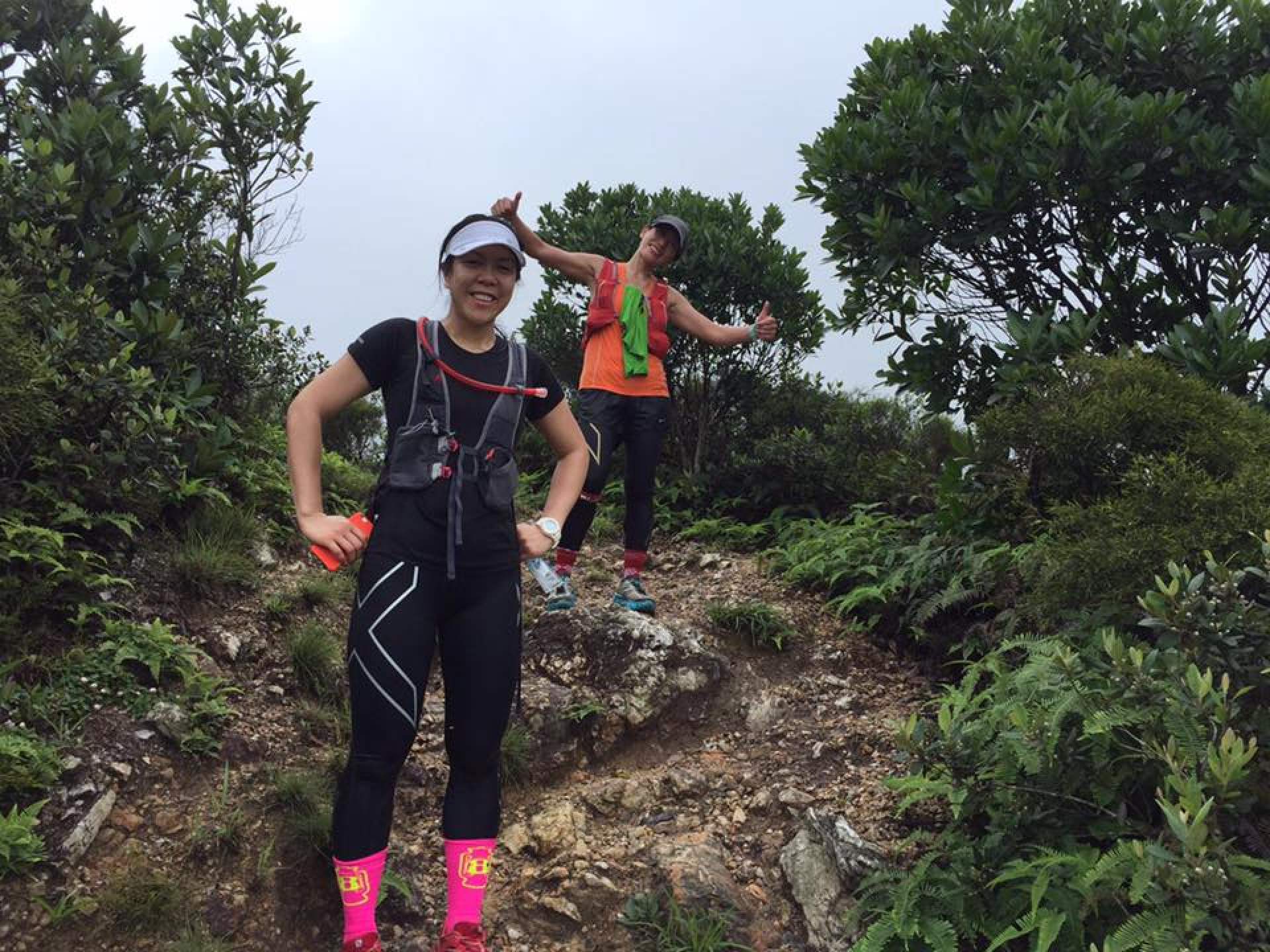
The researchers concluded: “While our results are consistent with previous studies showing the beneficial effects of physical activity on insomnia symptoms, this study further demonstrates the importance of consistency in exercise over time. Because the association with early active movement has been lost in the subjects who became inactive. ”
Exercising regularly and inducing good sleep patterns are key motivators for Sam. Currently, the only time she suffers from insomnia is when she goes a day without doing any physical activity.
“It motivates me to keep going and never stop. I don't want to go back to a life of sleepless nights.”
When I was invited to take a Muay Thai class, I had no idea it would change my life
Sam, who worked in corporate communications, previously noticed that work stress was leading to poor sleep at night.
“The insomnia was having a big impact on my work, and even during meetings my eyes felt heavy and I was completely dazed.
“This led to increased caffeine intake, leading to more sleepless nights and caffeine-induced anxiety. This continued an unhealthy cycle of work, work, wake up, repeat,” says Sam. he says.
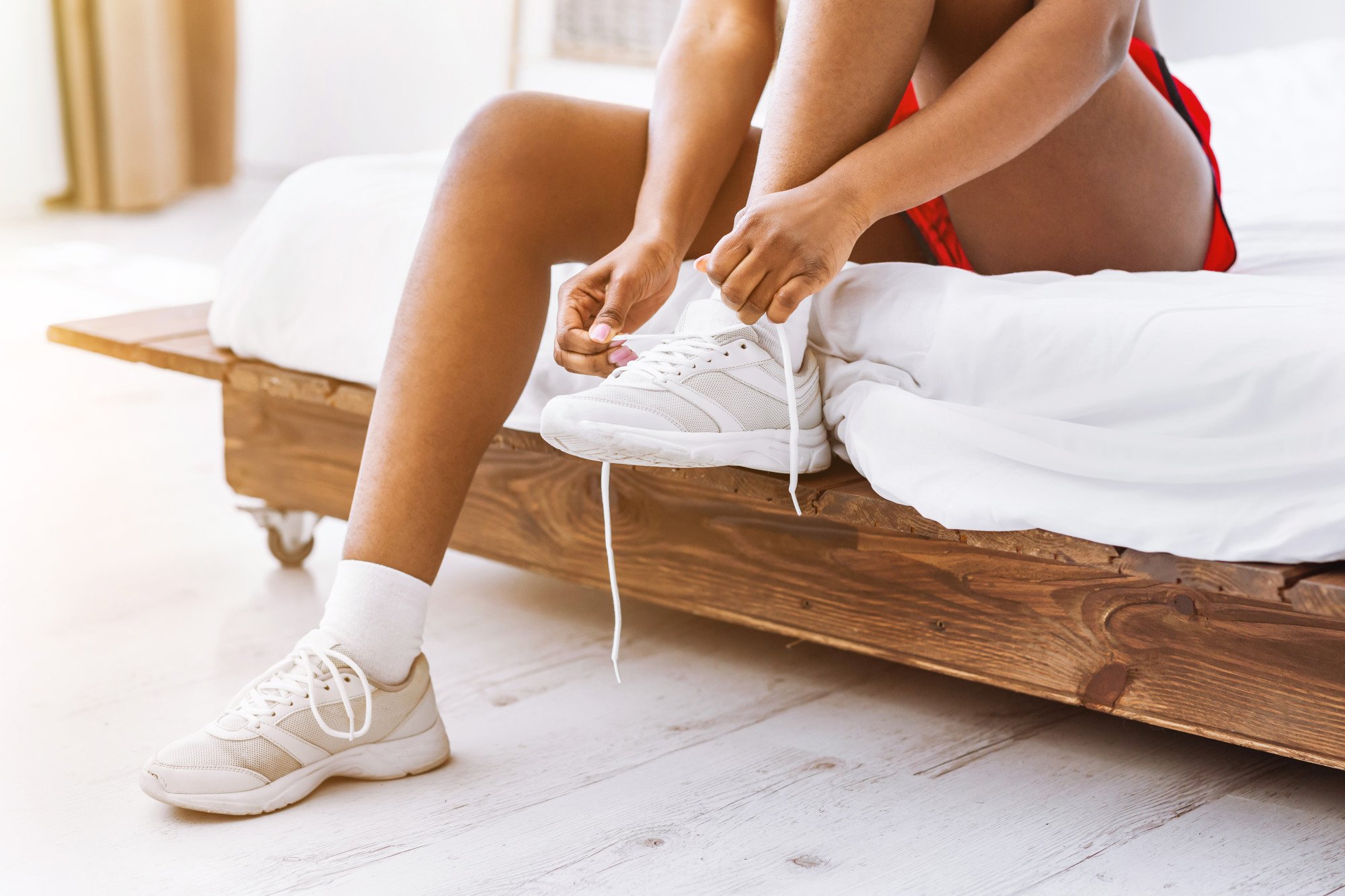
“I commute over two hours every day, but I don’t always feel energized. Not too long ago, I was invited to a Muay Thai class one night after work, and it was my first time. “I had no idea it would change my life and lifestyle,” she says.
“One night after a long time, after returning home from a trial lesson, I passed out and fell asleep.'' [for] You can get through the night without tossing and turning or waking up in the middle of the night. ”
When she wakes up in the morning, she feels “dopamine is coursing through my body,'' and “my legs hurt and feel like jelly, but I feel energized,'' and she feels confident that they will come back. She says she couldn't wait.
Women's self-defense: 5 life-saving moves from Brazilian Jiu-Jitsu
Women's self-defense: 5 life-saving moves from Brazilian Jiu-Jitsu
After taking up Muay Thai, Sam started trail running, fell in love with the trails of Hong Kong, and began ultramarathon running, participating in events over 50 km (31 miles).
“I now also practice Brazilian Jiu-Jitsu and participate in competitions regularly. I never thought I would run a marathon. [42.19km], let alone 50km. And I never thought I would ever compete in a martial arts competition or stand on the podium at a competitive event,” she says.
“Sport, exercise, and exercise have changed my life for the better. Too often we are encouraged to climb the career ladder, when in reality we are struggling with our health. And we should invest in welfare as well.”

